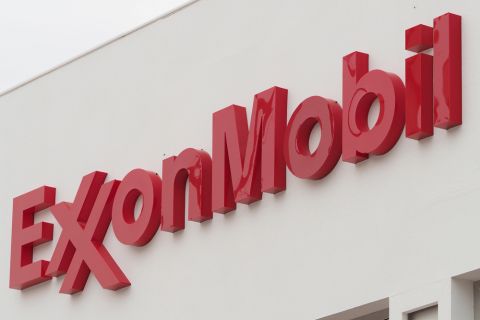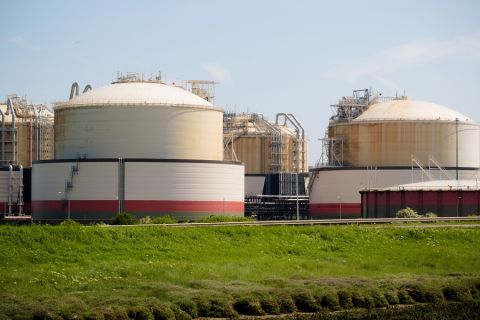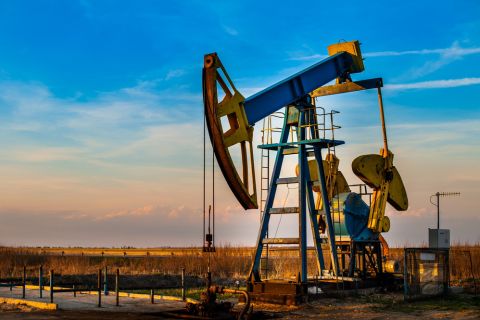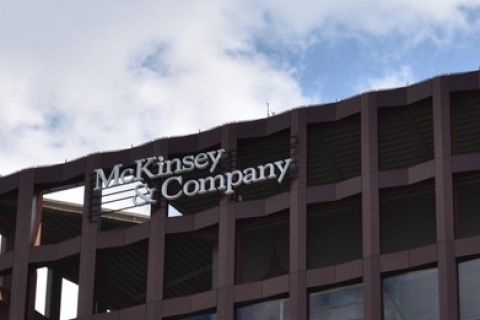The shale gas revolution helped the U.S. avoid falling over the fiscal cliff last year, said Rick Cargile, president of midstream with Energy Transfer Partners (ETP).
“When you think about the fiscal cliff, the industry that has really extended it has been you,” he told attendees at Hart Energy’s Marcellus-Utica Midstream conference in Pittsburgh in January.
“Without the development of shale technology, this country, without question, would be over the fiscal cliff. It’s generating energy that’s affordable and abundant along with low-cost fuel that is spurring manufacturing and exports.”
In just five years, the U.S. has been able to move away from projects to transport natural gas from Alaska to the Lower 48 states and importing LNG from foreign nations to projects designed to export LNG due to the shale gas revolution. During this time frame gas has gone from being about $13 per million Btu (MMBtu) to around $3 per MMBtu.
These prices resulted in consumer savings, job creation and lower carbon emissions. As natural gas displaced large amounts of coal for electric power generation in 2012, the U.S. was able to record its lowest level of annual carbon emissions in 20 years.
“Shale gas technology development is the real economic stimulus package for the U.S. For every job created in the oil and gas industry, it creates an additional three jobs in other sectors, including service and construction jobs,” he said.
It isn’t just the U.S. energy industry that has been transformed by shale gas, it’s also ETP and its general partners, Energy Transfer Equity (ETE). Indeed, ETE has grown at such a rate over the past few years that it acquired the general partnership interest in Regency Energy Partners in 2010 and both Southern Union Co. and Sunoco Logistics Partners in 2012 in order to diversify its asset base.
The total equity value of ETE is more than $50 billion with midstream infrastructure throughout the nation, including more than 69,000 miles of pipe, 51 natural gas processing plants (including nine under construction), 176 billion cubic feet (Bcf) of natural gas storage, 48 million barrels (bbl.) of NGL storage, two fractionators (including one under construction), 2 Bcf per day of LNG import capacity that is in the process of reversing its flow to export, a little under 4 million horsepower of compression and approximately 4,900 Sunoco gasoline retail locations.
The company’s goal is to build critical mass with its liquids assets to become a major player in that sector, said Cargile. This will be built not through merger and acquisition activity, but through organic growth in the Marcellus-Utica, Eagle Ford, Barnett and Permian plays. By 2015, the company anticipates that this growth will lead to ETE being the top NGL producer in the U.S. with about 450,000 bbl. per day, he said.
The Eagle Ford and Marcellus both came online for producers and operators around the same time a few years ago. Initially the plays faced similar headwinds, but have since grown to confront different challenges, according to Cargile.
“In the Eagle Ford shale, the producers were worried about moving the production out of the play and getting it processed and fractionated [at Mont Belvieu]. All of that infrastructure has been developed or is being developed so the last concern remaining now is residue gas takeaway. Up to this point the issue for the industry in the Marcellus has been what to do not so much with transportation as what to do with the NGLs themselves,” he said.
ETE is developing various projects in the Marcellus shale to alleviate these concerns. These include the Mariner program, which will aim to provide much needed relief to the Marcellus NGL market in a pretty short time frame.
The company is in the process of repurposing Sunoco’s refined products pipeline in the Northeast and to repurpose it as part of the Mariner program. The pipeline will be split in two as the Mariner East and Mariner West to ship ethane to Sarnia, Ontario, by July 2013 and then ethane-propane mix and purity propane to Marcus Hook, Pennsylvania, in a two-phase project beginning in the second half of 2014 and completing in the first half of 2015.
There are other projects under way in the Northeast to handle the additional NGL production out of the Marcellus and Utica shales—either through processing and fractionation in the region or through transportation to other regions—but there will be additional production that will exceed domestic demand.
“The NGL infrastructure will eventually balance itself out between 2015 and 2019, but there will be excess production that will have to be exported,” he said. The bulk of these exports will be ethane and propane, which would ship from the East Coast and Gulf Coast to premium markets in Central and South America as well as Europe.
Recommended Reading
Exxon’s Payara Hits 220,000 bbl/d Ceiling in Just Three Months
2024-02-05 - ExxonMobil Corp.’s third development offshore Guyana in the Stabroek Block — the Payara project— reached its nameplate production capacity of 220,000 bbl/d in January 2024, less than three months after commencing production and ahead of schedule.
Venture Global, Grain LNG Ink Deal to Provide LNG to UK
2024-02-05 - Under the agreement, Venture Global will have the ability to access 3 million tonnes per annum of LNG storage and regasification capacity at the Isle of Grain LNG terminal.
What's Affecting Oil Prices This Week? (Feb. 5, 2024)
2024-02-05 - Stratas Advisors says the U.S.’ response (so far) to the recent attack on U.S. troops has been measured without direct confrontation of Iran, which reduces the possibility of oil flows being disrupted.
McKinsey: US Output Hinges on E&P Capital Discipline, Permian Well Trends
2024-02-07 - U.S. oil production reached record levels to close out 2023. But the future of U.S. output hinges on E&P capital discipline and well-productivity trends in the Permian Basin, according to McKinsey & Co.
EIA: Oil Prices Could Move Up as Global Tensions Threaten Crude Supply
2024-02-07 - Geopolitical tensions in the Middle East and ongoing risks that threaten global supply have experts questioning where oil prices will move next.





